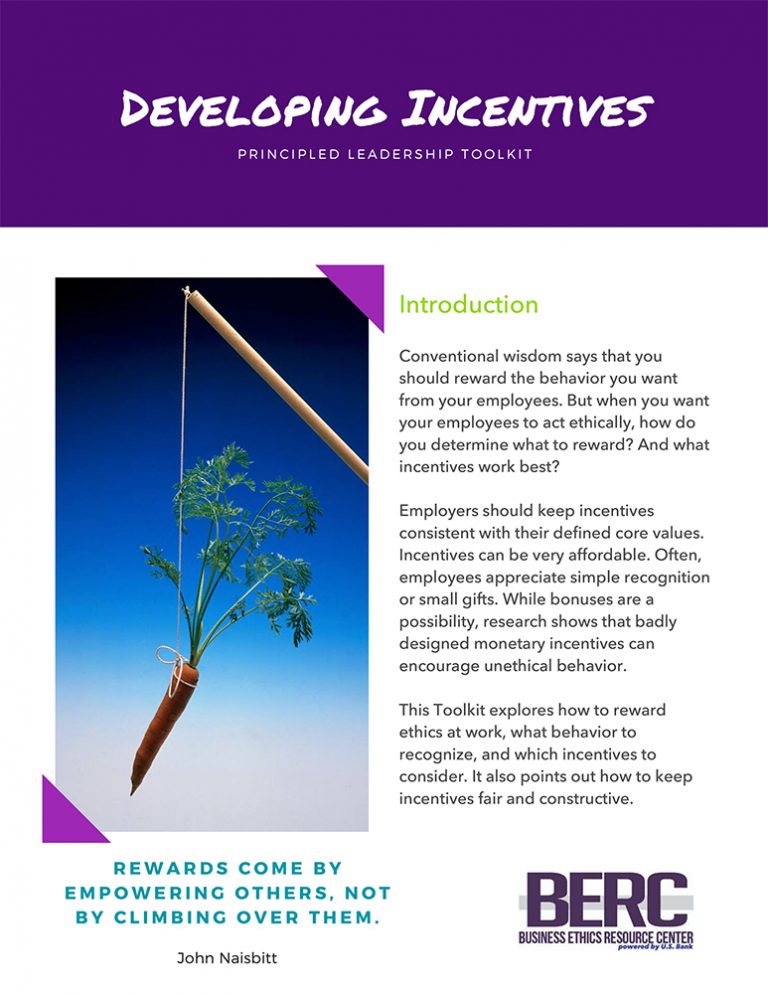By John F. McVea NOVEMBER 8, 2020 — 2:00PM
Q: How do you know when it’s the right time to scale up and grow your business?
A: One of the biggest challenges you face as an entrepreneur is growth. In the early years of a startup, an entrepreneur is often desperate for cash flow to make the business sustainable. It’s easy to assume any growth is good growth, and that can be a terrible mistake.
One of the things entrepreneurs need to be careful of is unconstrained growth. It can be detrimental to entrepreneurial businesses.
A statistic often quoted by Jim Collins said that something like 70% of all businesses that go bankrupt do so within one year of breaking their previous sales record. Why is that? It’s a year following growth.
Growth brings great opportunities, but it also brings great risks because it demands a great deal of change. One of the things I like to emphasize when talking to entrepreneurs is that growth is a choice, and growth must be a strategic choice. It’s not just something that’s inevitable and it’s not something that’s good in every situation.
For instance, the first question you want to ask yourself is why you want to grow.
What is your actual objective for growth? Is it independence? Are you facing price pressure or looking for greater reach in order to reduce your distribution costs? Do you just want to be No. 1?
You need to know your specific goals for growth. And any of those goals are acceptable. The beauty of being an entrepreneur is having the freedom to follow your own personal values, and that is something that we very much encourage at St. Thomas.
You are an entrepreneur as long as you are pursuing something for the common good, and you have a lot more freedom than a publicly listed company to set your own priorities.
However, the wrong answer to that question is that any growth is good growth. Think about three different dimensions to grow your business. You can grow by geographic expansion, product range expansion or new customer segments.
The only wrong choice here is trying to do all three at once, because each one of those dimensions brings new demands on a business that will require extra time and money.
John F. McVea is an associate professor in the Schulze School of Entrepreneurship at the University of St. Thomas Opus College of Business.
This article originally appeared in the Star Tribune. Used by kind permission of the Star Tribune.



Recent Comments